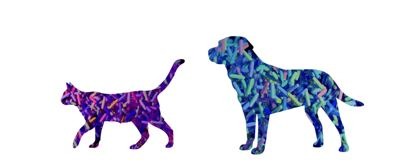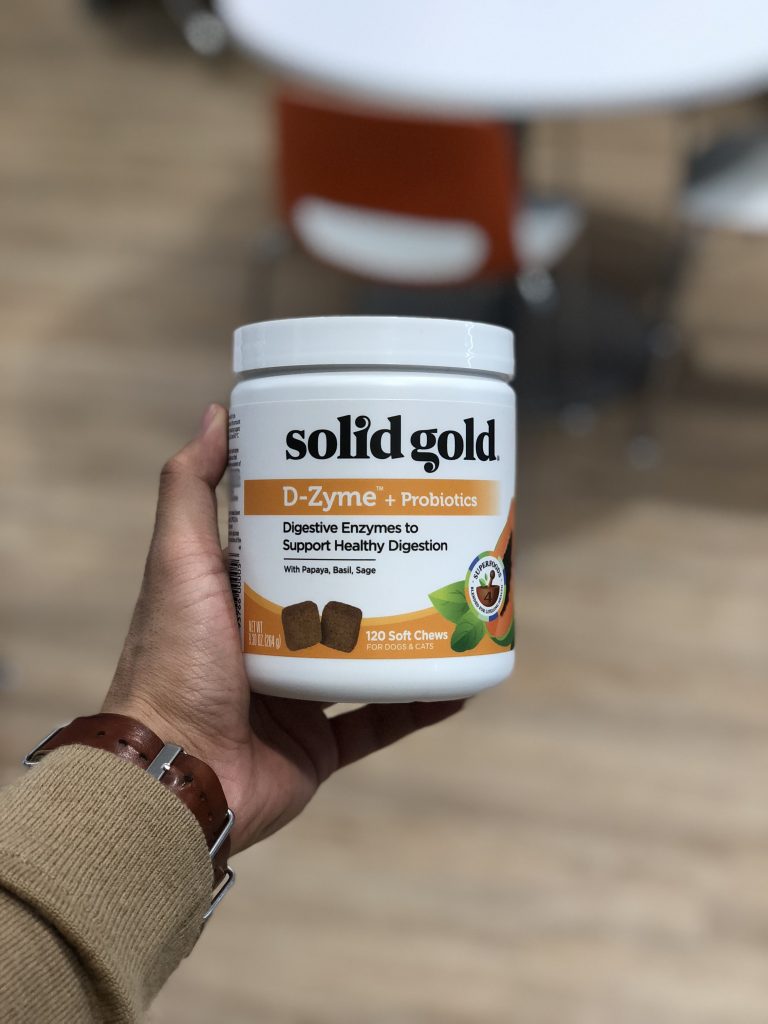You just got an adorable new puppy. Now what?
We chatted with a trainer from Warrior Canine Connection, a nonprofit whose mission revolves around dog training. The organization is unique in that it enlists Warriors recovering from post-traumatic stress and traumatic brain injuries to help train service dogs for their fellow Veterans. By doing so, these Service Members re-learn valuable life skills.
As experts in the field of dog training, Warrior Canine Connection tells us that no matter what the goal – training puppies to become highly functioning service dogs, or ensuring that you have a well-mannered member of your household and community – the fundamentals and tools are very much the same.
Warrior Canine Connection uses positive reinforcement to help train all its dogs. Simply put, the puppy’s good behaviors are rewarded, and poor behaviors are ignored so as not to reinforce them.
So, just how do you positively reinforce those behaviors? Treats. And lots of them.
WCC trainers advise that it’s best to use small treats since you’ll be giving a lot of them to your pup. If you have larger-sized treats, break them apart into small pieces. They also recommend using a treat pouch to ensure you have those delicious morsels at your side and available at all times.
Trainers use markers or “clickers” to train the puppies from a young age. The clicker allows the trainer to immediately mark the dog’s behavior at the precise time he performs the command. For example, if you want a dog to do the “down” command, the second they do what you’re asking, you would mark the behavior with the use of a clicker. The sound is then always immediately followed by the treat. Trainers do stress the importance of consistency and say if you mark something at the wrong time, you should still follow it with a treat.
Another key training fundamental is called luring. When puppies are young or learning something brand new, you can place the treat in your hand and “lure” the dog into the position you want. For example, hold the treat over the dog’s head to get him to sit or put it down on the ground in front of him to get him to perform the “down” command.
That said, they do caution that you shouldn’t “bribe” your pup with the treats. For example, don’t use them to coax the dog from one location to another. Rather, focus on using them to reward good behavior.
How long should you “treat train?” WCC trainers say once a dog has mastered a command, you don’t need to treat him or her any longer. After you can safely say your dog will sit on command, the treat is no longer needed as a reward. However, it’s important not to take the treats away too soon.
A great way to reward dogs during training are our new Superfoods Chewy Dog Treats . These treats are both healthy and effective, containing high-quality, real meat and nutrient-rich superfoods to deliver a rich, meaty texture, flavorful aroma and a taste dogs love. They're so good you might even get them to pose!






